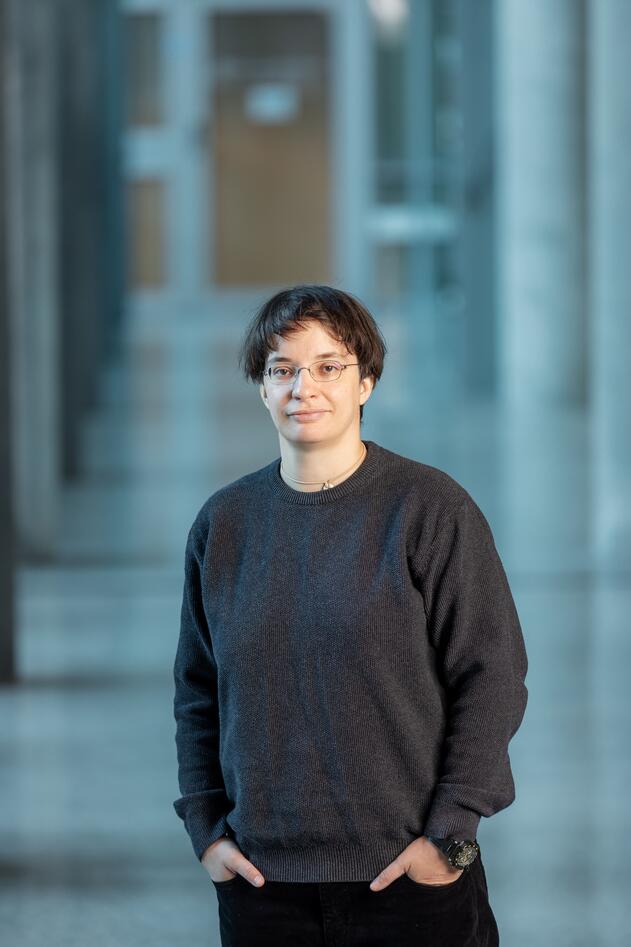Chera group
Our research is directed at which cell fate mechanisms govern the type of regenerative strategy employed by a biological system.
Main content
Group leader: Simona Chera
We primarily use as model system the murine pancreas due to the wide-range of genetic tools available for this organ and its demonstrated cell plasticity potential. Besides employing classical systems of rapid cell-ablation (RIP-DTR, chemical ablation), we developed novel transgenic models of progressive β-cell decay (financed by Excellence Project for Young Investigators of Novo Nordisk Foundation). By coupling the diverse β-cell ablation configurations with genetic cell tracing, timed conditional gene expression and diverse omics assays, we study the dynamical molecular fingerprint of β-cell death and the regenerative response employed, with focus on β-cell self-renewal potential (financed by FRIPRO Young Research Talent grant – Research Council of Norway). Moreover, we address the role of senescence-based cell-plasticity breaks on β-cell regeneration potential (proliferation-based) and modulate the age-related switch leading to β-cell quiescence by using genetic and pharmacological tools (financed by Excellence Project for Young Investigators of Novo Nordisk Foundation).
Read more at our web page here.
Collaborators
- Berit L. Strand, Norwegian University of Science and Technology, Norway
- Hanne Scholz, University of Oslo (UiO), Norway
- Irep Gözen, Center for Molecular Medicine Norway (NCMM), Norway
- Joao A. Paulo, Harvard University, Massachusetts, USA
- Pedro Herrera, University of Geneva, Switzerland
- Seung Kim, Stanford University, California, USA
Latest publications
2019
- Vethe H, Ghila L, Hoareau L, Bjørlykke Y, Berle M, Haaland ØA, Hoareau L, Paulo J, Scholz H, Chera S, Ræder H. Modulating Wnt signaling in human induced pluripotent stem cell-derived S7 cells. Front. Endocrinol., 2019, 08 May doi: 10.3389/fendo.2019.00293
- Furuyama K, Chera S, van Gurp L, Oropeza D, Ghila L, Damond N, Vethe H, Paulo JA, Joosten AM, Berney T, Bosco D, Dorrell C, Grompe M, Ræder H, Roep BO, Thorel F, Herrera PL, Diabetes relief in mice by glucose-sensing insulin-secreting human α-cells, 2019 Nature 567: 43–48 doi: 10.1038/s41586-019-0942-8
2018
- Berle M, Ghila L, Vethe H, Chaudhry A, Garberg H, Beisland C, Haaland ØA, Oveland E, Halvorsen OJ, Davidsson T, Chera S. Novel protein signatures suggest progression to muscular invasiveness in bladder cancer. PLoS One 2018 Nov 12;13(11):e0206475. doi: 10.1371/journal.pone.0206475. PMID: 30419021
- Cigliola V, Ghila L, Thorel F, van Gurp L, Baronnier D, Gupta S, Miyatsuka T, Kaneto H, Magnuson MA, Osipovich AB, Sander M, Wright C, Thomas MK, Furuyama K, Chera S and Herrera PL, Pancreatic Islet-Autonomous Signals Modulate Identity Changes of Glucagon+ α-Cells, 2018 Nature Cell Biology Nov;20(11):1267-1277. doi: 10.1038/s41556-018-0216-y PMID: 30361701
2017
- Vethe H, Bjørlykke Y, Ghila LM, Paulo JA, Scholz H, Gygi SP, Chera S, Ræder H. Probing the missing mature β-cell proteomic landscape in differentiating patient iPSC-derived cells. Scientific Reports. 2017 Jul 6;7(1):4780. doi: 10.1038/s41598-017-04979-w. PMID: 28684784
- Chakravarthy H, Gu X, Enge M, Dai X, Wang Y, Damond N, Downie C, Liu K, Wang J, Xing Y, Chera S, Thorel F, Quake S, Oberholzer J, MacDonald PE, Herrera PL, Kim SK. Converting Adult Pancreatic Islet α Cells into β Cells by Targeting Both Dnmt1 and Arx, 2017 Cell Metabolism25(3):622-634. doi: 10.1016/j.cmet.2017.01.009 PMID:2821584
2016
- Chera S, Herrera PL. Regeneration of Pancreatic Insulin-Producing Cells by In Situ Adaptive Cell Conversion, 2016 Current Opinion in Genetics and Development 40:1-10, PMID: 27266969
- Cigliola V, Thorel F, Chera S, Herrera PL. Stress-Induced Islet Cell Identity Changes, 2016 Diabetes, Obesity and Metabolism 18(Suppl 1):87-96. doi: 10.1111/dom.12726 PMID: 27615136
2014
- Chera S, Baronnier-Caffé D, Ghila L, Cigliola V, Jensen JN, Gu G, Furuyama K, Thorel F, Gribble FM, Reimann F, Herrera PL. Diabetes recovery by age-dependent conversion of pancreatic δ- or α-cells into insulin producers 2014 Nature 514(7523):503-507. PMID: 25141178 Comment in Diabetes: reprogrammed pancreatic δ-cells restore insulin production. [Nat Rev Endocrinol. 2014]




